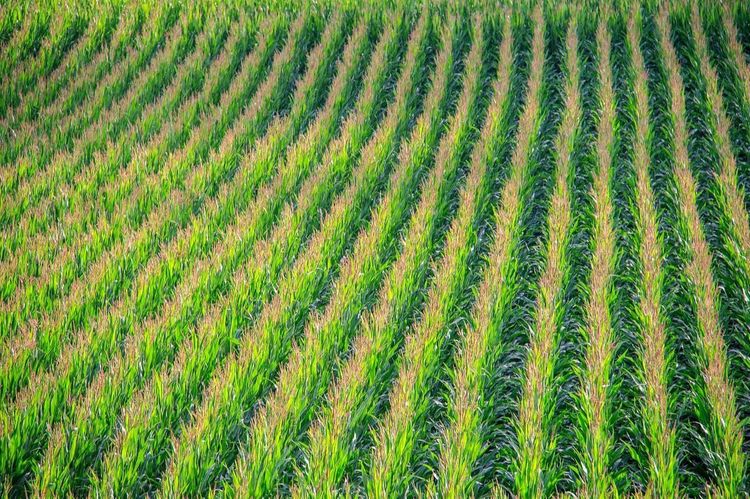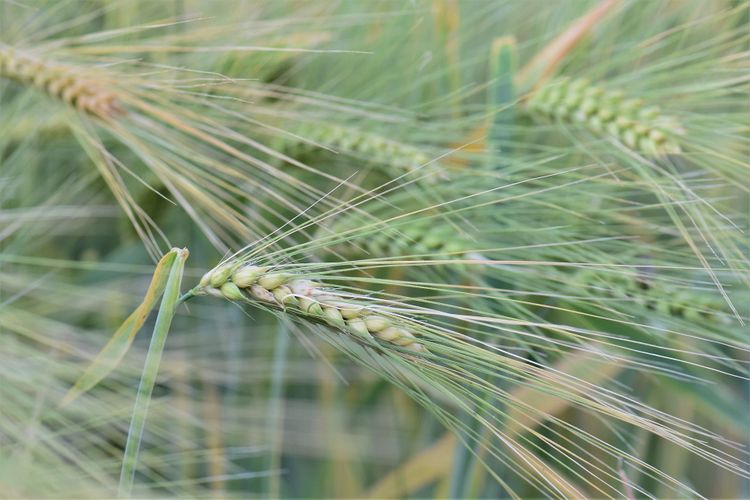Hummus Fuels Pulse and Chickpea Demand
Pulses are gaining ground against corn and wheat, literally. While harvested area of pulses remained steady in the US compared to last year, corn and wheat area decreased by 4% and 14%, respectively. Stagnating cereal prices have expedited this decline while global demand for pulses continue to grow.
Some retailers are predicting dissolvable powders and Middle Eastern cuisine to enter more of the mainstream American diet next year. A global demand spike for chickpeas used in hummus exemplifies this upward trend. The compound annual growth rate (CAGR) for hummus consumption between 2016 and 2022 is expected to be 9.49%, according to a study by Market Research Future. Global companies have taken notice as Sabra Hummus, jointly owned by Pepsico and Strauss Group Ltd., gobbles up most of the market in the US. Farmers will likely continue to increase planted chickpea acreage as store-branded hummus labels try to catch up. Montana, Washington, and Idaho grow the most chickpeas in the US, and the three states have increased their acreage by 41.3% since 2016.
Rising demand for protein-rich foods across the Asia-Pacific region will further support pulses. However, last month India refused to extend a 50% tax waiver on pulse imports in an effort to draw down stocks and support domestic production. Fears of continued protectionist policies may prompt the US and Canada to reduce pulse acreage, further tightening supplies.
 Blog
BlogSouth America: Fall Planting Snapshot
 Insight
InsightSoggy Start to Spring Points to Fertilizer Application Delays for US Corn
 Insight
InsightLow US Hard Red Winter Wheat Production Likely, Despite Acreage Boost
 Insight
Insight

 Search
Search